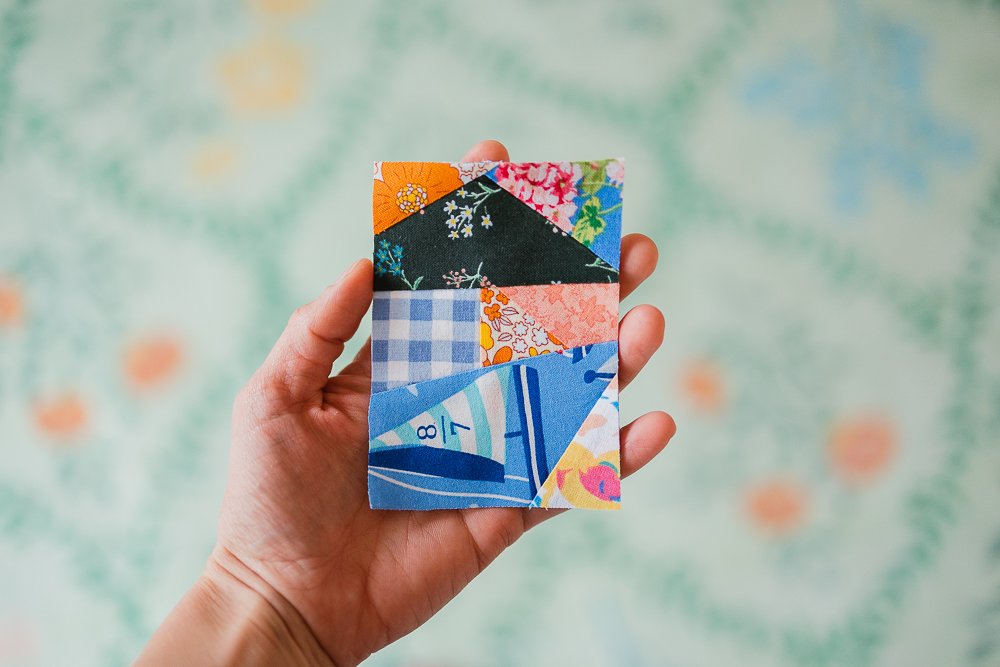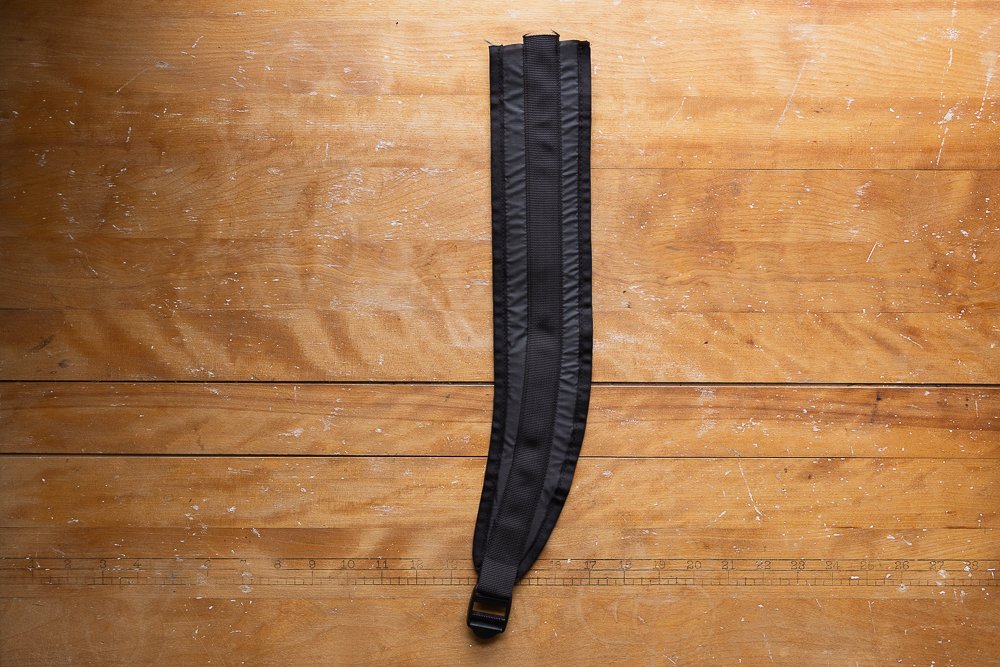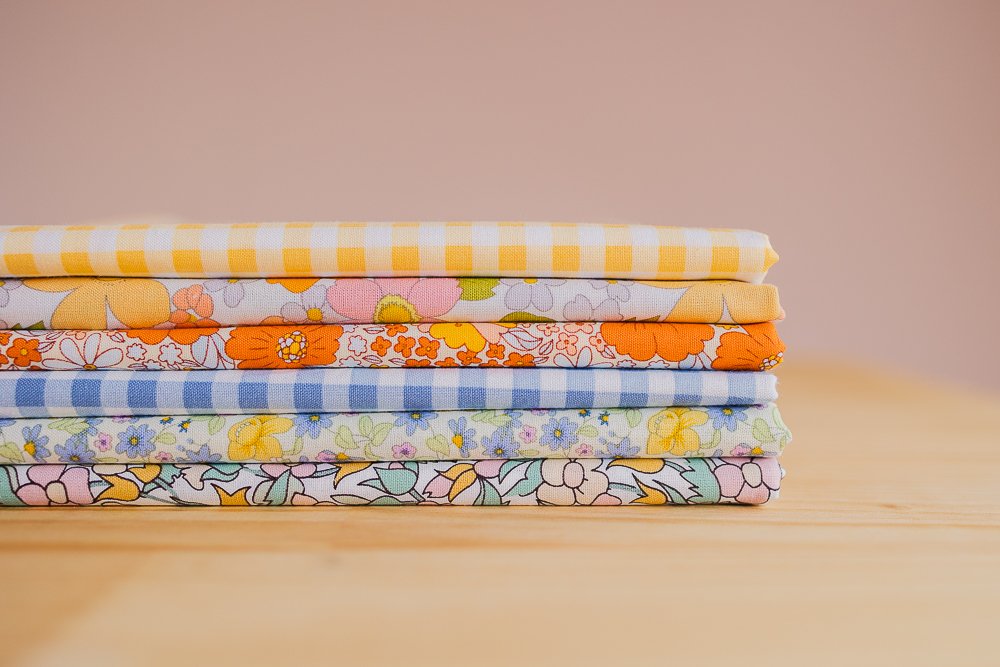The Raspberry Rucksack pattern is due to arrive March 6th! I’m so excited to release this pattern, and I wanted to give you a head start on the supplies needed. This pattern comes in two sizes, Little and Big. Here is the supply list for each.
Little Raspberry
½ yard (0.5 m) - outer layer
½ yard (0.5 m) - lining
1 yard (1 m) - interfacing
3 ½ yards (3.2 m) cotton webbing 1” (2.5 cm) wide
2 rectangle D rings for 1” (2.5 cm) webbing
2 slide adjusters (non-adjustable) for 1” (2.5 cm) webbing
7” (18 cm) single pull zipper
22” (56 cm) double pull bag zipper
40” (1 m) double fold bias tape 1/2” (12.7mm)
Big Raspberry
¾ yard (0.75 m) - outer layer
¾ yard (0.75 m) - lining
1 ½ yard (1.5 m) -interfacing
3 ½ yards (3.2 m) cotton webbing 1” (2.5 cm) wide
2 rectangle D rings for 1” (2.5 cm) webbing
2 slide adjusters (non-adjustable) for 1” (2.5 cm) webbing
9” (23 cm) single pull zipper
32” (81 cm) double pull bag zipper
1 ½ yards (1.4 m) double fold bias tape 1/2” (12.7mm)
Outer Layer
The outer layer should be a heavyweight fabric such as cotton canvas, waxed cotton canvas, heavyweight denim or corduroy, or upholstery fabric.
This bright yellow is 10 oz duck canvas from Joann’s Fabric and Craft.
Lining
Using simple quilting cotton works well for the lining. You can use any woven fabric as long as it’s fairly lightweight and brings you joy! It’s nice to use a bright fabric on the inside of bags so it’s easier to find things and it’s like sunshine whenever you peak inside.
Interfacing
It’s easy to get overwhelmed in the interfacing department. Don’t over think it. Just choose something medium to thick in stiffness. You want something that has a stiffness similar to thick, nice paper (like card stock) but not something that feels like cardboard. This pattern requires sewing through many layers at one time, so you don’t want to overwhelm your machine with too thick of interfacing.
If you’re using waxed canvas or another stiff outer layer, interfacing may not be needed.
Webbing
It’s nice to use thick webbing for this pattern because it gives the bag a really durable and sturdy feel. Pick your favorite color of 1” (2.5 cm) webbing and make sure it’s the same size as the hardware you’re getting! I like to use cotton webbing because of the nice feel, but you can use nylon or other webbing.
Hardware
Two rectangle D rings and two (non-adjustable) slide adjusters. You can find these in a bunch of styles and colors and materials. Have fun picking something that matches your fabric and is the right size for your webbing.
Zippers
Last and not least, zippers! You need two zippers - a single pull zip for the front popup pocket, and a double pull bag zip for the main compartment. You can use any style of zipper you would like - metal, molded plastic, or coil. This pattern was drafted for a zipper that is 1 1/4” wide (a common zipper width - if you’re ordering online, #5 is the gauge you want to go with.)
Here are some things to know about zippers:
The length of the zipper is defined by the length of the zipper teeth, not the length of the total zipper including the tails on the ends. So if you’re using a cut-to-length zipper, you will want to add an additional 1/2” or 3/4” to each end for some extra breathing room on the double pull bag zip. For the pocket zip, it needs to be exactly 7” (Little) or 9” (Big) and the tails actually get cut off anyway, so you don’t have to worry about adding extra.
It can be somewhat difficult to locate double pull bag zips. Surprisingly difficult actually. Jacket zips are much more common. The good news is that many jacket zips can be turned into bag zips. Let me show you how.
Here is a visual of the difference between bag zips and jacket zips. Bag zips are open in the middle and are closed on the sides (just think of how a duffle bag zips!). A jacket zip is open on the sides and is closed in the middle.
Not all zippers can be changed like this - but molded plastic can! If you have a jacket zip you want to change to a bag zip, simply zip one of the zipper pulls right off the end (you may have to cut the end of the zipper). Then turn the zipper around so you’re holding the open teeth on the other end. Turn the zipper pull around so the wide end is facing the open teeth. Insert each side of the teeth into the wide end of the zipper pull and then slide it on. Be sure to check if the teeth are lined up properly. Sometimes one end gets longer or shorter than the other. Simply take the zipper pull off and reinstall if the teeth aren’t even on the first try.
One more note about zippers. You see how the red zip on the left is 1 1/2” wide and the orange zip on the right is 1 1/4” wide? That has to do with their gauge. See how much larger the teeth are on the red zipper? Online you often see zippers advertised by a number. Something like “Lime green coil zipper #7.”
The red zipper on the left is #10 molded plastic and the orange zipper is #5 molded plastic. For this pattern, #5 is what you want.
Most longish zippers you find in the stores are #5, so I don’t worry too much if you’re shopping local. But if you’re ordering online the numbers can be confusing so bare that #5 in mind.
If you like this orange molded plastic zipper in all these photos, I am going to be offering it for sale when I release the Raspberry Rucksack Pattern!
Here’s another online zip resource with a wide variety of good options and an easy ordering process: Zipper Source.
Bias tape
Bias tape is used to bind the raw edges of the very last seam in the Raspberry Rucksack. You can either make your own out of your lining material, or you can buy double fold 1/2” (12.7 mm) bias tape in a matching or contrasting color! The seam it’s going on has a seam allowance of 3/8” (1 cm. If you’re making your own, the strip should be 1 1/2” (3.8 cm) wide.
That’s it!
You’re well on your way to having your own Raspberry Rucksack! More posts in the sew along series will be trickling on in the next few days as I get ready to launch. Release date is March 6th!





























